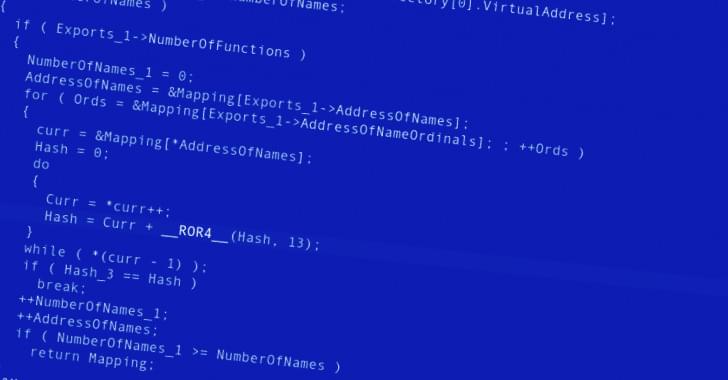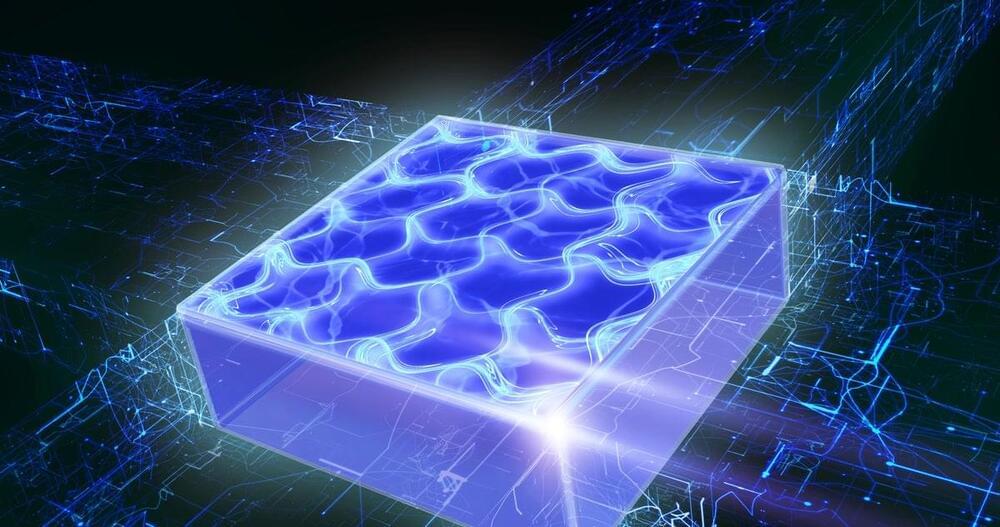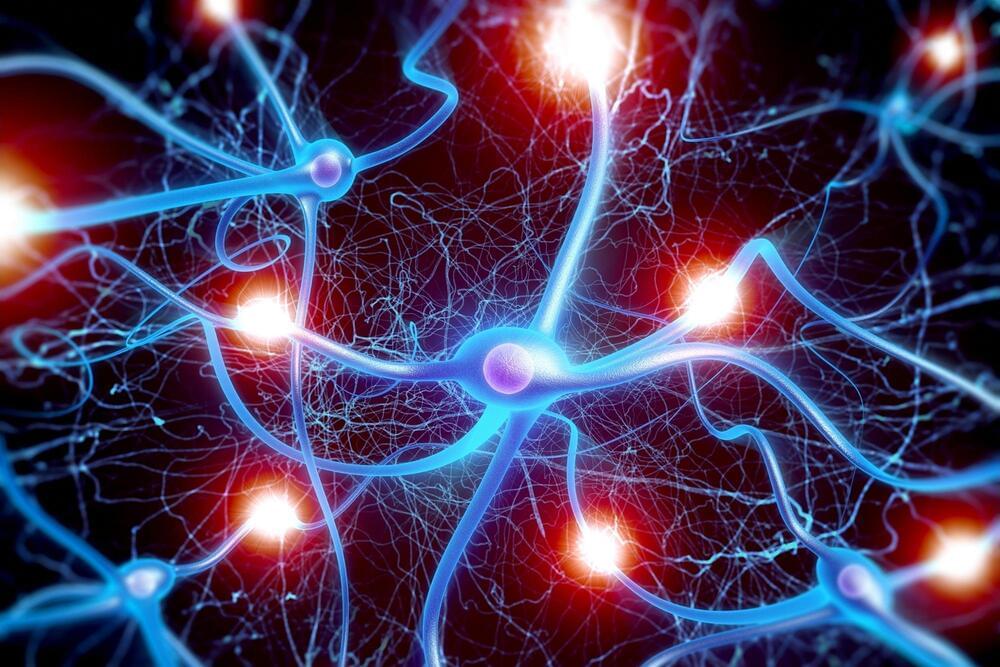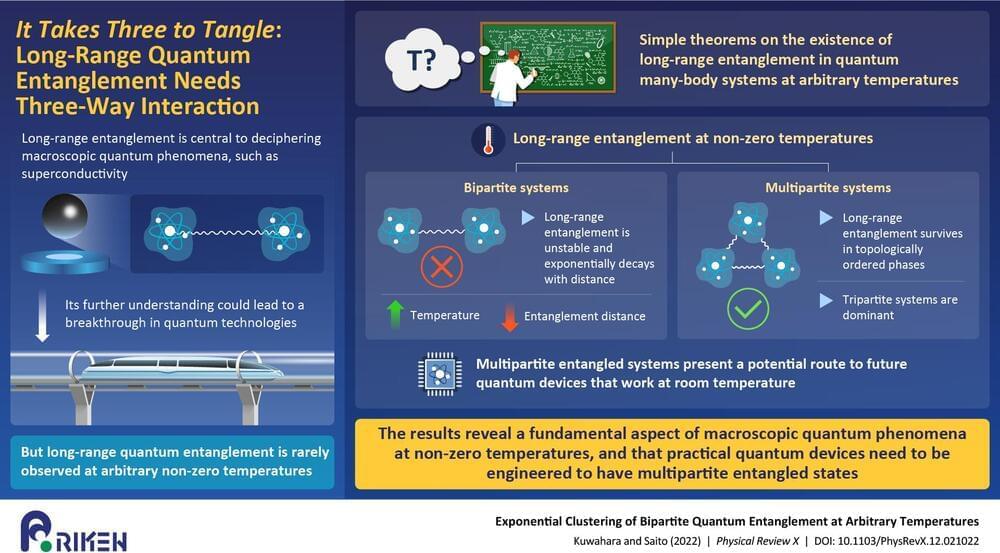Many researchers believe that liquid water is a key to understanding the behavior of the frozen form found in glaciers. Meltwater is known to lubricate their gravelly bases and speed up their march toward the sea. In recent years, scientists in Antarctica have discovered hundreds of interconnected liquid lakes and rivers cradled within the ice itself. And, they have imaged thick basins of sediments under the ice, potentially containing the biggest water reservoirs of all. But so far, no one has confirmed the presence of large amounts of liquid water in below-ice sediments, nor investigated how it might interact with the ice.
Now, a research team has for the first time mapped a huge, actively circulating groundwater system in deep sediments in West Antarctica. They say such systems, probably common in Antarctica, may have as-yet unknown implications for how the frozen continent reacts to, or possibly even contributes to, climate change. The research was published in the journal Science on May 5, 2022.








